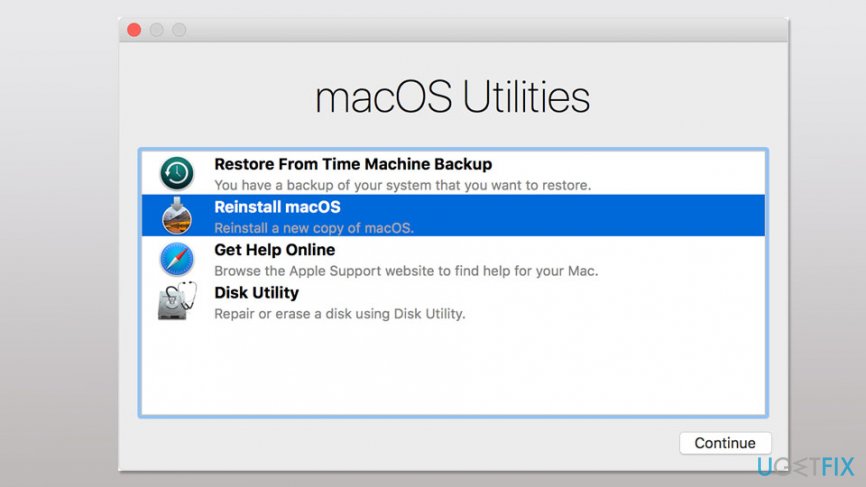

If you have access to another mac, you can probably do this easily just by downloading the install package from the app store. In this case, it is best to obtain the installation media so you can boot directly to it. Even so, you can't get the OS to download? If this is not the case, please let me know. I'm assuming that you reformatted the disk as explained, and connected successfully to the WiFi network.

While windows could be installed, much of it would not be functional without the bootcamp drivers, which we can get from inside OSX. Your networks should be listed here and you can use those to connect. You will (I think) be placed in an input source menu by default. To connect wirelessly, press VO M twice, which will open the status menus. If the computer is brand new, no problem. A warning though: if you have something on another partition, such as a windows or Linux install, my steps will wipe it out, so be careful. By the way, you shouldn't have to buy anything for this, as the operating systems have been free for a while. If you don't have one, we can go back and see if we can fix the iCloud bug. If you have another mac, you can use it to create bootable install media. If that doesn't work, you may have an iCloud account bug. When that finishes, go to the reinstall OS X option and follow the prompts. Make sure to select extended journaled, and for scheme, select GUID partition table (or sometimes GUID partition map). Set focus to this then stop interacting with the table and move left to the toolbar. Depending on your machine, it probably sounds like apple ssd 0512f media (that's mine, so yours will probably not be identical but similar). To fix this, launch recovery with command+r (no option required, by the way) and select disk utility. I can't seem to get the same error you are getting, but one thing that is possible is that the person who erased the disk may have improperly formatted it.


 0 kommentar(er)
0 kommentar(er)
